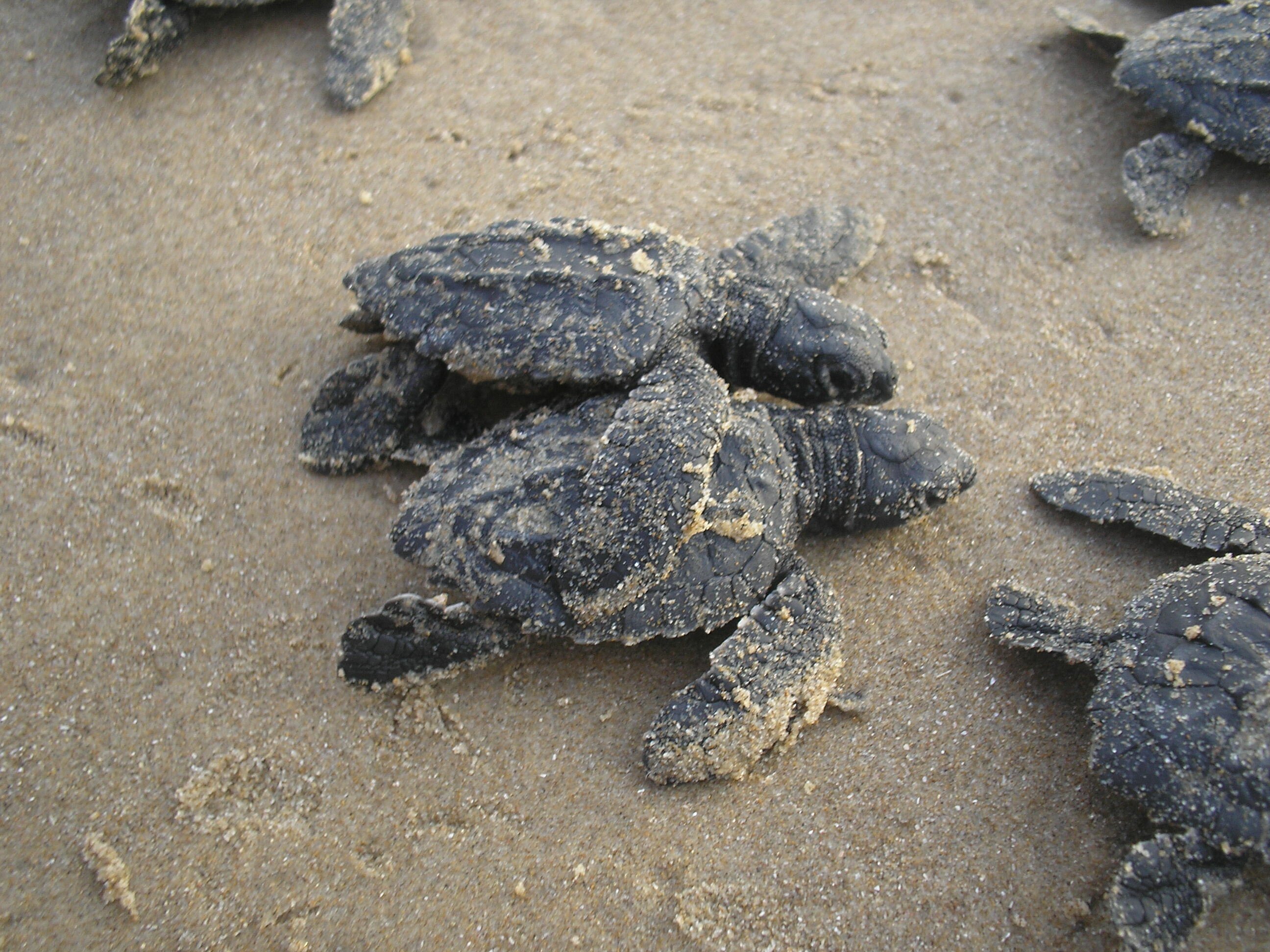|
Numerous wildlife and plant species depend on National Wildlife Refuges for part or all of their survival. The following highlights a South Texas 'species of concern', which ranges from the federally endangered ocelot to the state threatened Texas horned lizard to the rapidly declining burrowing owl. Various species of concern that depend on the South Texas Refuges will be regularly featured on this website. When possible, information will include opportunities for the public to help. Please check back to learn more about other species of concern!
KEMP'S RIDLEY SEA TURTLES: Sea turtle season on Texas beaches is from June into August, during which time visitors may be lucky enough to see a nesting sea turtle! During this time, if you see a nesting sea turtle, please immediately report any sightings, tracks, nests or hatchlings immemdiately. If you see a sea turtle, do not touch or disturb her. Please help protect her from passing vehicles and immediately call the U.S. Fish & Wildlife Service at 956-784-7520 or Sea Turtle, Inc. at 956-761-4511 to report a turtle. Make note of the exact locationof the nest.
The Kemp's ridley sea turtle is considered the most endangered sea turtle in the world. 
The primary reason it is endangered is because up until the 1960's their eggs were heavily harvested for commercial reasons. A private film taken in 1947 of a Kemp's ridley sea turtle ‘arribada'-- group nesting event --in Mexico documented approximately 40,000 turtles nesting along a single beach in one day. From that same film, biologists estimate that 90% of the nests were destroyed the same day, primarily for commercial egg harvest. Because these sea turtles do not reach sexual maturity until about age 15, recovery of the species has been slow.
In 1999, when the Kemp's ridley sea turtle restoration project began in the Lower Rio Grande Valley, biologists recovered eggs from three nests on Boca Chica. Last year, 2007, 23 sea turtle nests were recovered from South Padre Island and Boca Chica beach and protected, including 20 Kemp's ridley, two loggerhead, and one green sea turtle nest.
During Kemp's ridley nesting season, April through mid July, the sea turtles come ashore to lay eggs on the warm tropical sands of South Texas. The U.S. Fish & Wildlife Service and Sea Turtle, Inc. strive to increase their odds of survival by collecting the eggs right after they are laid and then transporting them to a protected area of the beach where they are reburied. The sea turtle hatchlings are then released on the beaches under the protective eye of biologists, volunteers and the general public.
When the baby turtles start hatching, biologists release them on the beach and watch to make sure the baby turtles make it safely to the water. Predators such as birds, crabs, feral cats and dogs and occasional vehicles are all potential threats to the turtles as they make their way to the water. Although a female can lay more than 100 eggs, only one or two hatchlings may survive to maturity.
Hatchling Releases: Once the baby turtles begin hatching, visitors can call Sea Turtle, Inc. at 956-761-4511 to get automated information regarding release dates.
|

